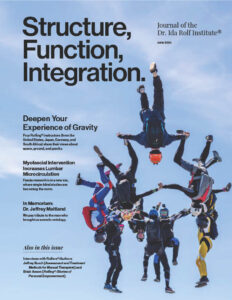Newsletter
Register to receive the latest publications first hand.
As you register, you allow [email protected] to send you emails with information
The language of this site is in English, but you can navigate through the pages using the Google Translate. Just select the flag of the language you want to browse. Automatic translation may contain errors, so if you prefer, go back to the original language, English.



 by
by